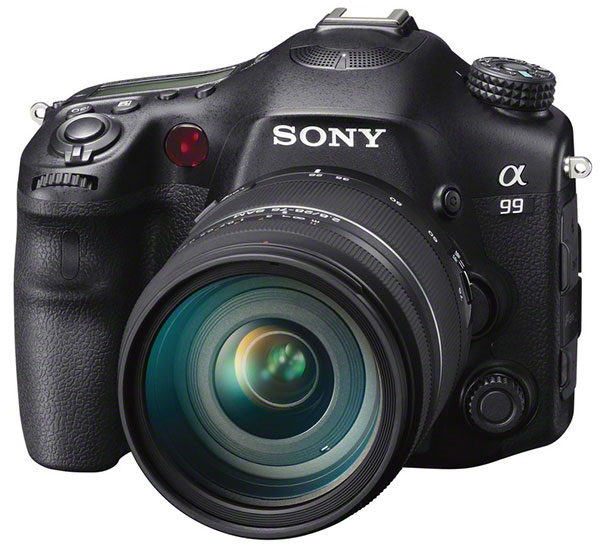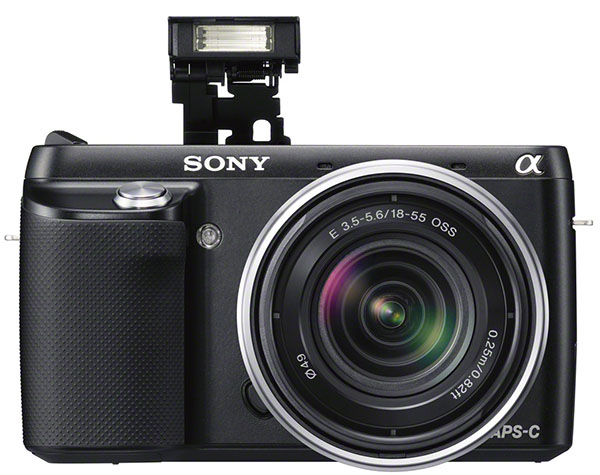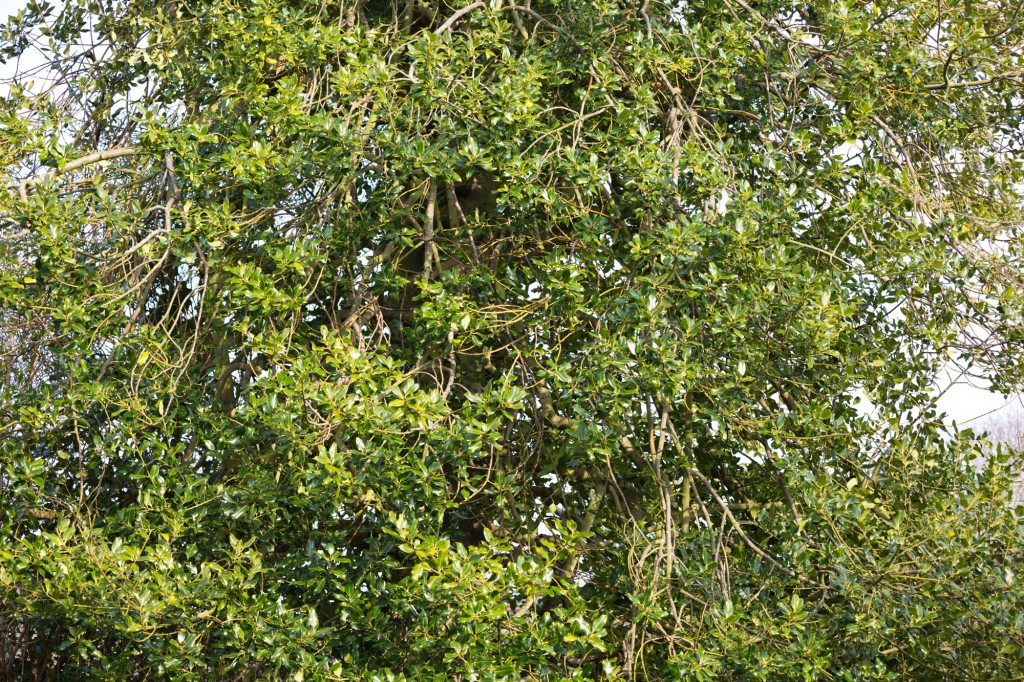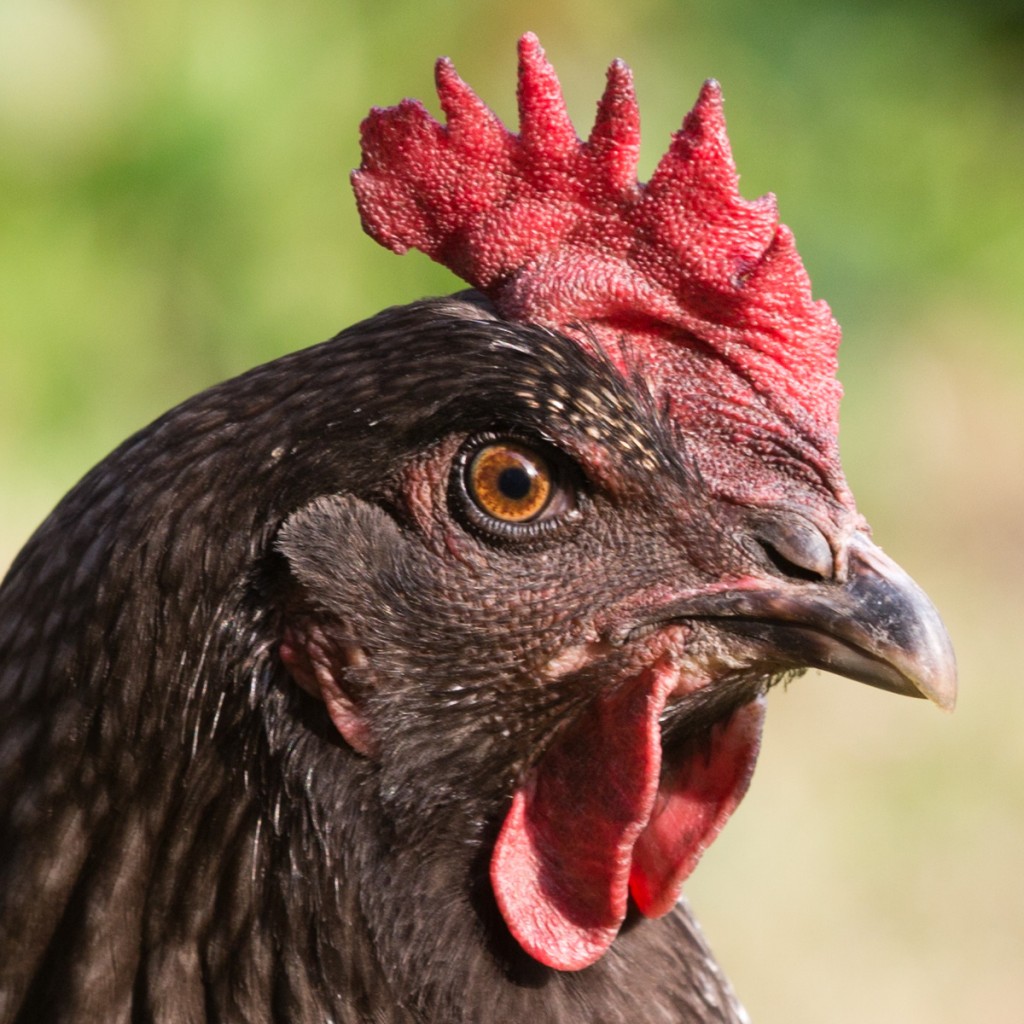Sony Alpha 99 full press release
| Sony introduces full-frame α99 |
| A-mount flagship 35mm full-frame camera debuts Dual AF System and pro-style video features |
Ruggedly built to cope effortlessly with tough assignments, the α99 sets new standards of imaging performance, creative options, user-focused ergonomics and reliability to satisfy demanding enthusiasts. Unsurpassed imaging performance and responses Unique to the α99, a newly developed full-frame Exmor CMOS sensor with 24.3 effective megapixels is teamed with a highly advanced BIONZ image processing engine. This powerful sensor/processor combination guarantees unprecedented levels of imaging performance with still and video shooting. Now advanced photographers can explore the creative possibilities of full-frame imaging plus the responsiveness of Translucent Mirror Technology. The eagerly awaited successor to the flagship α900 DSLR, the new α99 is the first Translucent Mirror camera from Sony to feature a full-frame 35mm image sensor. The full-frame sensor’s resolving power is enhanced by a newly developed separate multi-segment optical low-pass filter. Assisted by an all-new front-end LSI, the BIONZ engine processes massive amounts of image signal data from the Exmor CMOS Sensor at very high speeds. Together with a powerful new area-specific noise reduction (NR) algorithm, this achieves a 14-bit RAW output, rich gradation and low noise. The evolved BIONZ processor boosts maximum sensitivity range (in expanded sensitivity mode) as wide as ISO 50-25600 – a range of 9 stops. Its unprecedented processing power also enables the α99 to shoot a burst of full-resolution images at up to 6 frames per second or 10 fps in Tele-zoom high speed shooting mode. For the first time ever, the 19-point AF system with 11 cross sensors is complemented by a multi-point focal plane phase-detection AF sensor. With no less than 102 AF points, this additional AF sensor overlays the main image sensor. Harnessing the power of Translucent Mirror Technology, this unique Dual AF System permits ultra-fast, accurate autofocusing that maintains tracking focus even if the subject leaves the 19-point AF frame. The α99 also debuts an advanced new AF-D continuous autofocus mode that’s supremely effective with moving subjects. The 19-point AF system provides reliable depth focusing information. It’s complemented by the 102-point multi-point focal plane phase-detection AF sensor that copes effortlessly with subjects traversing the focal plane. From launch, new AF-D mode is supported by the SAL2470Z, SAL2875, SAL50F14, SAL300F28G2, SAL70400G and SAL500F4G lenses. More lenses will be supported via future firmware updates. As a further focusing refinement, a new AF range control function allows users to set the distance range recognised by the AF system. This smart feature significantly aids operability if you’re focusing on distant sports action through a nearby wire mesh fence. Crafted for videographers and movie-makers The α99 inherits the world-leading ‘cinematic DNA’ from professional movie cameras and high-end camcorders by Sony. The unmatched resolving power and sensitivity of the full-frame sensor is complemented by advanced features optimised for professional video production. The α99 supports the needs of professional movie-makers, offering full-frame Full HD 50p/25p (switchable to 60p/24p) progressive video recording to meet AVCHD Version 2.0 specifications. As introduced on the α77, Full-time Continuous AF Movie allows smooth, non-stop tracking of moving subjects. Other movie-oriented enhancements include real-time Full HD video output via HDMI, and uninterrupted ‘dual-card’ recording using both of the camera’s media slots. For extra convenience during movie shooting, a silent new multi-controller is easily accessible via a dial on the front of the camera body. This allows smooth, silent adjustment of exposure compensation, ISO sensitivity and metering method, shutter speed, aperture and audio record levels during Full HD video capture. Shooting stamina is tripled by partnering the camera with the new VG-C99AM Vertical Grip that houses up to three batteries in total (see below). It’s even possible to exchange batteries ‘on the fly’ without interrupting movie recording. Audio features have also been significantly enhanced to meet the exacting needs of serious videographers. An audio level display and adjustable audio record levels are joined by a headphone jack for accurate in-the-field monitoring. The optional XLR-K1M adaptor kit adds a high-quality mono shotgun mic and pro-standard XLR connections for dependable audio acquisition. Uncompromised handing for serious photographers The XGA OLED Tru-Finder gives a detail-packed view of your subject, offering 100% frame coverage with exceptional brightness, contrast, clarity and resolution. You’ll enjoy a full 100% view on the Tru-Finder screen, even if you’re shooting with a DT lens that’s optimised for cameras with an APS-C sensor. Angle of view is converted automatically for image recording and display. This viewfinder is completely compatible with the APS-C format and displays scenes using the entire finder screen. Complementing the Tru-Finder, there’s also a three-way tiltable 1229k-dot (VGA equivalent) XtraFine LCD with WhiteMagic™ technology to boost screen brightness in outdoor conditions. Despite its uncompromising pro-class credentials, the α99 is the world’s lightest1 35mm full-frame interchangeable-lens digital camera. A weight of just 733g (without lens and battery) is made possible by Translucent Mirror Technology, while high-rigidity magnesium alloy panels contribute to an extremely tough yet light design. Weather-resistant seals protect against dust and moisture, while controls and buttons are ruggedized for years of unflinching operation on virtually any assignment. The camera’s stamina and reliability is underlined by a redesigned shutter block that’s tested to approximately 200,000 release cycles. Ergonomics have been refined for a smooth, seamless workflow that doesn’t interrupt your creative focus. Enhancements include a re-designed grip, while switches and button shapes are differentiated for intuitive fingertip operation without taking an eye off your composition. There’s also a new exposure mode dial lock that prevents accidental rotation. Further evolved from the acclaimed α700 and α900, the newly-developed Quick Navi Pro interface gives quick, intuitive one-handed access to shooting parameters. The camera can also be operated via remote PC connection. Supported functions include switching between still/movie shooting, plus automatic transfer of still images from camera to PC for enhanced studio workflow. *Editor’s note: betcha there’s no Mac app given Sony’s historic attitude to Apple! Designed for professionals: new lens and accessories The full-frame imaging capabilities of the α99 make an ideal complement for the new 300mm F2.8 G SSM II (SAL300F28G2) lens. Designed for demanding sports and wildlife applications, this bright super-telephoto offers a significantly uprated optical design and improved handling compared with its predecessor. The Sony-developed Nano AR Coating on optical surfaces assures flawless still images and HD video with reduced flare and ghosting, offering enhanced contrast with crisp black, while a new LSI drive circuit offers faster, more accurate autofocus with enhanced tracking AF. The dust- and moisture-resistant design makes the lens ideal for the toughest outdoor shooting assignments. In addition, a new wide-aperture Carl Zeiss A-mount prime lens is now under development. Optimised for superb results with the camera’s 35mm full frame image sensor, the Planar T* 50mm F1.4 ZA SSM will be available in Spring 2013. Offered exclusively as an option for the α99, the brand-new VG-C99AM vertical grip can house and manage three batteries in total (including the camera’s own on-board battery). Resistant to dust and moisture, the grip is ideal for lengthy shooting sessions in the studio or outdoors. The range-leading HVL-F60M is a powerful flash (GN60, in metres at ISO 100) with built-in LED light that’s ideal for creative applications with stills or movie shooting. Smart functions include wireless multi-flash ratio control and Sony’s unique Quick Shift Bounce adjustment, while operation can be controlled quickly via the flash’s intuitive Quick Navi system. Resistant to dust and moisture, the HVL-F60M comes supplied with a bounce adaptor for flash, and a colour conversion filter for use with LED lighting. Ideal for the α99 and other cameras featuring the new Multi Interface Shoe, the HVL-F60M can also be used with Auto-lock Accessory Shoe cameras via the supplied ADP-AMA Shoe Adaptor. Compatible with 49mm and 55mm diameter lenses, the HVL-RL1 Ring Light offers highly effective LED illumination of small subjects that’s ideal for macro shooting. Its high output level (approx. 700 lx/0.3m) is approximately four times brighter than the previous model. Brightness can be adjusted steplessly for precise control of creative lighting effects. Operation can also be switched between full-ring illumination for shadowless lighting and half-ring illumination to create shadow effects. The optional FA-MA1AM Macro Light Adaptor is required when using the Ring Light with SAL30M28 or SAL50F18 lenses. Compatible with the Multi Interface Shoe of the α99, the HVL-RL1 can also be used with cameras that have an Auto-lock Accessory Shoe via the supplied ADP-AMA Shoe Adaptor. The new XLR-K1M XLR Adaptor Kit meets the demanding audio needs of professional movie production. It provides two pro-standard XLR terminals for connecting the α99 with professional microphones and mixing consoles. Operating flexibility is maximised by MIC/LINE input selection and separate adjustment of two channel levels. The adaptor kit comes supplied with the ECM-XM1 monaural shotgun microphone, but may also be used with a wide range of professional microphones. An optional bracket is required when using the XLR-K1M with the α99. The RMT-DSLR2 Remote Commander allows wireless shutter release for still images and start/stop control of video shooting. As well as the α99, it’s also compatible with other α A-mount and E-mount cameras that include a remote control receiver. (Our highlighting in red – this may NOT mean that it can operate video on other cameras, just that it will operate their existing remote functions – dependent perhaps on firmware updates) Styled to reduce carrying fatigue, the LCS-BP3 Backpack is designed to meet the stringent demands of professional photographers. Its generous capacity can hold the α99 camera body plus Vertical Grip and attached telephoto zoom lens, together with 3-4 spare lenses, accessories and a 15.5” laptop. The ADP-MAA is a new shoe adaptor that allows Multi Interface Shoe2 cameras to be used with Auto-lock Accessory Shoe accessories. Conversely, the ADP-AMA she adaptor allows Auto-lock Accessory Shoe cameras to be used with Multi Interface Shoe accessories. The PCK-LM14 Screen Protector Semi Hard Sheet safeguards the camera’s LCD screen against dust, scratches. It’s supplied with a separate protector sheet for the top display panel. For further details of the full range of lenses and accessories for the α99, please visit www.sony.co.uk/hub/dslr/accessories Sony’s new SDXC UHS-I memory card, SF-64UX(64GB) with ultra-high speed interface (UHS-I) compatibility, offers significantly higher transfer speeds up to 94MB/s (read) and 43MB/s (write). The SF-64UX is ideal for burst shooting with the α99, without missing the moment. It also enables rapid data rates when transferring content including large RAW images or video files to your PC. The new cards have been subjected to rigorous Sony testing, in order to achieve high levels of reliability and data integrity. Additionally, the new cards are water-resistant, and are designed to perform under a wide range of operating temperatures. Users can also shoot with ease knowing their photos and videos are protected thanks to Sony’s File Rescue Software* which can help recover photos and videos that may have been accidentally deleted. (*This software is available for Sony memory media products customers through free download at www.sony.net/memorycard) The new α99 full-frame Translucent Mirror camera from Sony is available in the UK from early November 2012. 1 Among interchangeable-lens digital cameras with a full-frame image sensor (as of 12th September 2012). According to Sony internal survey. 2 The α99 is equipped with Sony’s newly-developed Multi Interface Shoe. This is capable of accommodating various accessories for photo and movie shooting such as flash and microphones, while drawing power from the camera. It’s also compatible with Sony accessories that use the standard ISO 518 accessory shoe. The Multi Interface Shoe was developed as a common shoe for imaging products by Sony – such as digital still cameras, digital video cameras and interchangeable lens cameras – promoting compatibility among accessories and offering an enhanced shooting experience for users. |





























